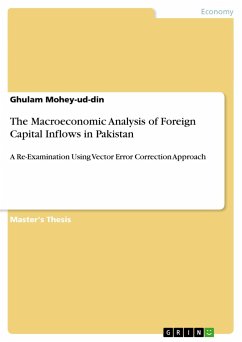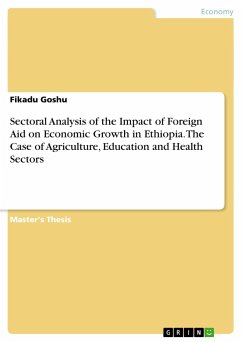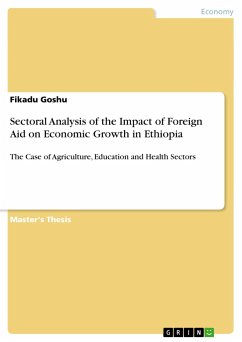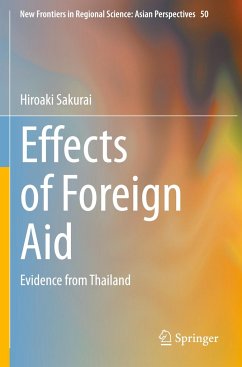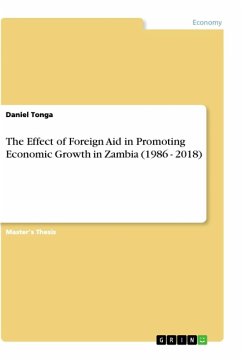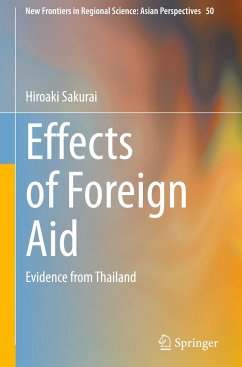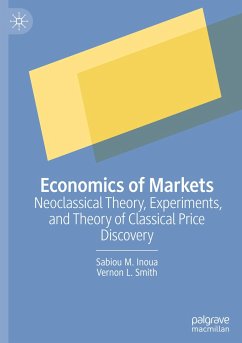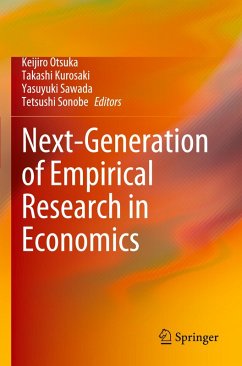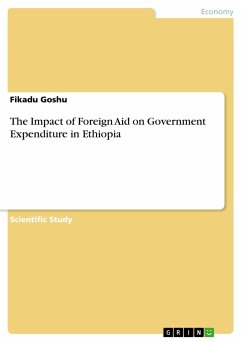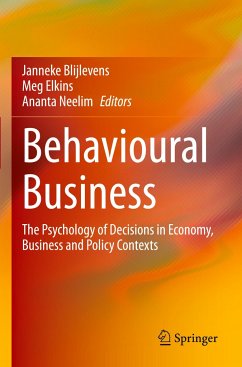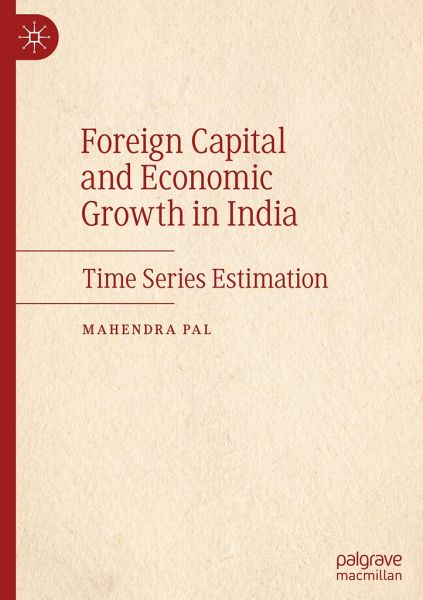
Foreign Capital and Economic Growth in India
Time Series Estimation

PAYBACK Punkte
49 °P sammeln!
This book is designed to fulfill a long felt need for a wide ranging empirical research on foreign capital-growth nexus. It presents an analysis of disaggregated flows of foreign capital and their long run relationship with growth process in an emerging nation like India during the past four decades. The study detects factors like financial deepening, trade openness and market size, as potential determinants of FDI. The book investigates long run relationship between FDI and Growth, with causality running from FDI to Growth, whereby Aid-Growth long run relationship is detected with causal dire...
This book is designed to fulfill a long felt need for a wide ranging empirical research on foreign capital-growth nexus. It presents an analysis of disaggregated flows of foreign capital and their long run relationship with growth process in an emerging nation like India during the past four decades. The study detects factors like financial deepening, trade openness and market size, as potential determinants of FDI. The book investigates long run relationship between FDI and Growth, with causality running from FDI to Growth, whereby Aid-Growth long run relationship is detected with causal direction from Aid to Growth. Further, Net foreign capital-growth nexus is also established in the long run, however, with no causal direction. The book examines the relative significance of Aid and FDI in terms of their impact on growth. The results reveal that Aid appears to be more productive than FDI, but when export is included in the model FDI appears to be more productive than Aid. Empirical results have been calculated in the book, with the help of Johansen and Juselius (1990) co-integration technique, vector error correction, impulse response function and variance decomposition. The results in the book show, superiority of FDI over Aid is not established in India, hence two variables remain complementary to each other. This timely book on foreign capital-growth nexus in India is likely to attract researchers, teachers of Economics, Mathematics, Commerce, Business Economics, Management, Technology and policy-makers interested in the foreign capital-growth nexus in future.





